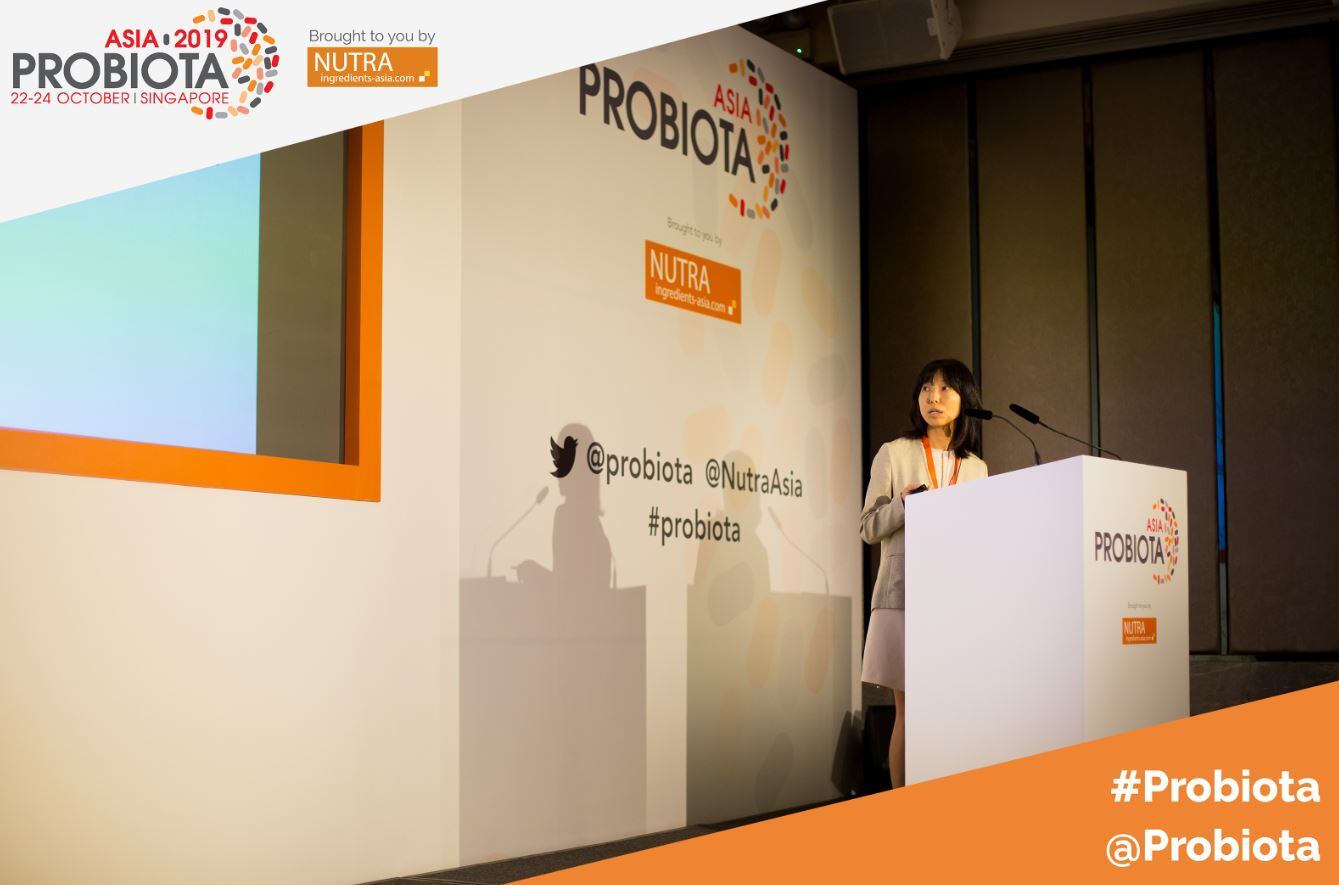The market share for TOKUHO products have shrunk from US$3.64 billion in 2016, to US$3.62 billion in 2018.
In comparison, FFC products were valued at US$0.97 billion in 2016, increasing to US$1.84 billion in 2018.
At our Probiota Asia Summit held in Singapore, Rieko Shofu, president & CEO at Sensing Asia told the audience that the lack of time and money likely resulted in a decrease in the number and value of TOKUHO products.
TOKUHO was first introduced by the Japanese government in 1999, and requires human clinical trials supporting the scientific health benefits of the products.
“Cost is an issue. It is mandatory to submit human clinical trials for this category, which requires about US$200,000 to complete testing requirements,
“Furthermore, it takes two years to get approval from the government. From here, it takes between three to five years from the development of your product to the launch.
“Not many companies are willing to go through the process, because in that time period, the market and trends would have changed by then,” Shofu said.
On the other hand, FFC products do not require pre-approval by the government, although supporting evidence need to be submitted. It relies on the companies' own responsibility to bear function claims based on scientific evidence.
While TOKUHO still occupies the largest market share in Japan, FFC showed continued steady growth. According to Shofu, the number of products carrying TOKUHO certification were 1000 last year, while 1700 products were FFC labelled.
Another reason to the rising growth of FFC products was because, “the price range of FFC products are more affordable when compared with TOKUHO,” Shofu explained.
She also said messages with a functional claim seemed to have a stronger product appeal than TOKUHO.
Consumer confusion
Despite the growth in FFC market, there had been a decrease in FFC applications, from 620 applications in 2016 to 314 in 2017.
Shofu also thinks that consumer confusion is prevalent.
“They (consumers) are not aware of the differences between TOKUHO and FFC, and there are so many products in the market carrying similar health claims, I think this confuses the consumers.”
Function but no claim
In fact, in recent years, Shofu said there had been a rise in health products marketed without any health claims.
“The Probio yoghurt series from Meiji is a good example. Their R-1 and LG21 yoghurt products contain lactobacillus which is said to work as an immunity boosting agent. But Meiji did not label it as FFC, instead, using market strategy to appeal to consumers.
“The messages on the packaging include lactobacillus of fighting with risk, working in stomach, pull out the strength. This way, Meiji appeals to consumers, yet never crossing the regulation line,” she said.
Health foods and supplement market
In Japan, products with claims like maintaining health and improving physical strength were most popular in 2018, Shofu said.
This was closely followed by claims for skin care, recovery from physical exhaustion, and nutrient balance.
In terms of purchasing power, Shofu said regardless of gender, average annual purchase amount increased with advancing age.
She pointed out that females in their 60s were spending more on health foods and supplements, with average annual spending of US$450, compared to males of the same age group (US$320).
In particular, probiotics products that conferred health maintenance and promotion and intestine maintenance were most popular among these group of female consumers.




